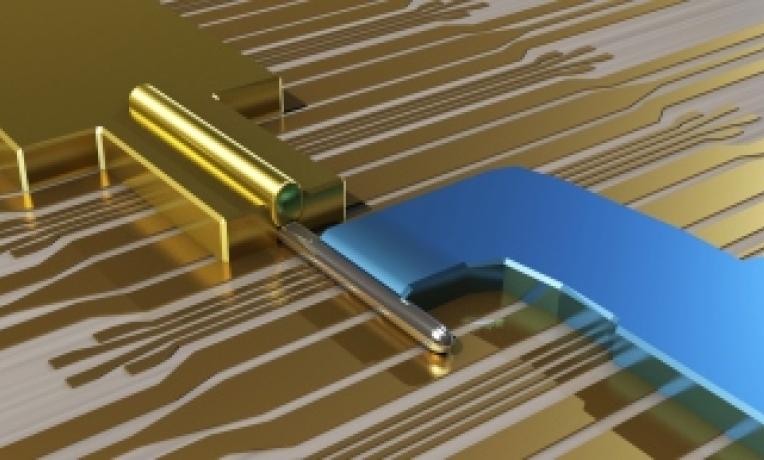ERC-funded result amongst top 10 physics discoveries of the last decade
In physics, scientists can predict the existence of a particle which is eventually, soon after or considerably later, observed experimentally. The Higgs boson is one of the most striking recent examples. ERC grantee Leo Kouwenhoven has recently made such a demonstration proving the existence of the “Majorana fermion”, a particle theorised in the 1930s. Detecting Majorana’s particles is not only exciting for particle physicists; thanks to their properties they could prove useful as stable “quantum bits” of information that could make quantum computers a reality.

Prof Kouwenhoven studies semiconductor systems at the nanoscale. With his ERC project, he successfully designed nanowire structures that could act as interfaces between electronic and optic systems at the level of single particles, conducting electrons and light photons. The technologies he developed, such as the novel “nanowire quantum light source”, could find applications in quantum information networks.
With one of these nanowire devices, Prof Kouwenhoven’s team managed to demonstrate the existence of particles behaving like “Majorana fermions” under certain conditions. The discovery was reported in Science in May 2012, acknowledging ERC funding (*). In 1937, the particles were described by the Italian physicist Ettore Majorana as particles able to behave simultaneously like matter and antimatter – they could be their own antiparticle.
However, these had not been observed yet. This first piece of evidence was then confirmed by other research teams, including that of ERC grantee Moty Heiblum (**) at the Weizmann Institute. Prof Heiblum went on to win a second ERC grant in 2014 where he proposes, among other things, to further detect and study Majorana’s particles.
In October 2015, the result of Prof Kouwenhoven’s team was listed among the top 10 physics discoveries of the last 10 years by Nature Physics. The properties of the Majorana fermions could bring us one step closer to the much-talked-about high-speed quantum computers. In theory, the nature of the particles that can simultaneously be their own opposite could become a building block for quantum information processing and transmission.
Leo Kouwenhoven received an ERC Synergy Grant in 2012 (QC-LAB) together with Lieven Vandersypen and Carlo Beenakker to further work on bridging the gap between science and engineering in the field of quantum computing. The researcher was also part of a team who demonstrated, in 2015, that niobium titanium nitride (NbTiN), a material which behaves as a superconductor in high magnetic fields, can form a very stable host material for a Majorana circuit(***). This discovery could confirm the practical possibility to read-out and manipulate quantum states encoded in prospective Majorana qubits in the context of quantum information computing.


